Training is one of those things, just when you think you've completed it all, it turns out there's some more. I returned to the classroom yet again for training on sea ice safety since I will soon be heading out to the dive shacks and meeting up with teams that are working out on the sea ice. Obviously, traveling on a floating sheet of ice comes with its own special hazards, and being safe out there is imperative. Sea iceThere are terms for different types of ice. Shorefast ice forms along coasts and is attached to land. Pack ice is ice floating in open water. Multiyear ice is ice that has survived at least 1 summer. First year ice is ice that has not yet survived a melting season. is something that changes throughout the year in more ways than just breaking apart (which it does, since the dock here at McMurdo is ice free – not right now, but eventually this year it will be).
Sea Ice is NOT Glacial Ice
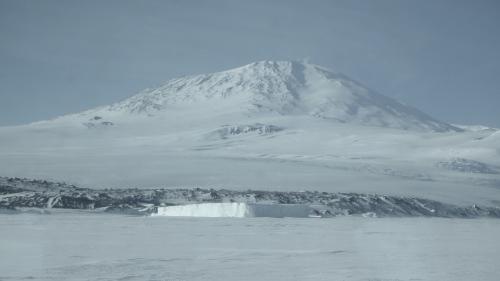

Sea iceThere are terms for different types of ice. Shorefast ice forms along coasts and is attached to land. Pack ice is ice floating in open water. Multiyear ice is ice that has survived at least 1 summer. First year ice is ice that has not yet survived a melting season. formation happens in a number of stages - all of which we see here in McMurdo Sound over the year. It all starts with frazil ice which are small plates of ice that are suspended like little ice crystals. Frazil ice starts to change depending on the weather conditions—if it is turbulent then the frazil ice will collect together in semi-circular pieces of ice called pancake ice which can be anywhere from 3cm to 3m in diameter with raised edges like a lily pad (the raised edge is caused by the wind blowing them around and colliding with each other), if however the water is calm then the frazil ice will form Nilas ice which is a smooth glass-like ice that is surprisingly thin when it first forms. Both of them eventually form different kinds of sea ice but for the sake of simplicity let's just call all sea ice columnar ice (I'm going to get grief over that I know) ... columnar ice forms from long crystals that freeze together and thicken the ice over time. As this begins to form, so does platelet ice which are tiny little plates of ice that freeze to the bottom of the fast ice. They are formed by super cooled water flowing from underneath the ice shelf (you might remember me talking about something like this forming under the ice shelf and forming basal ice in a previous journal). During seasonal transition, the ice can grow at over 1cm a day but eventually stops altogether right around now - the end of October.
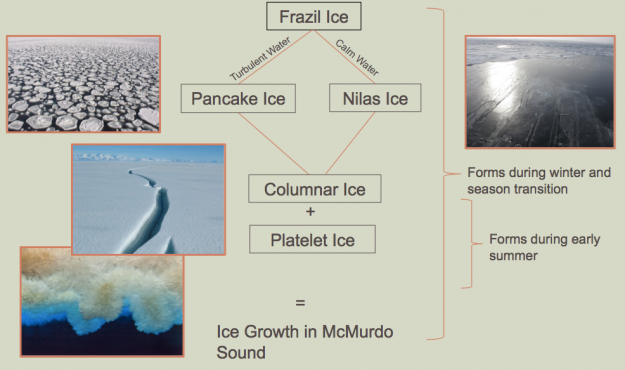
Real World Training
You could spend all day learning about sea ice (trust me I know, I did) but nothing takes the place of actually getting out there on the ice – luckily we happen to have a ton of it. During sea ice training we went out onto the sea ice to investigate cracks in the ice, and learned how to determine if it was safe to cross them in the variety of vehicles that McMurdo has to offer (everything from snowmobiles to large tracked-trucks to Hägglunds (see the photos). Out on the ice we needed to clear the snow that fills in the cracks and begin to make a field map of the crack. Sea iceThere are terms for different types of ice. Shorefast ice forms along coasts and is attached to land. Pack ice is ice floating in open water. Multiyear ice is ice that has survived at least 1 summer. First year ice is ice that has not yet survived a melting season. cracks can tend to open and close a number of times, creating a history that needs to be understood before attempting to cross them.
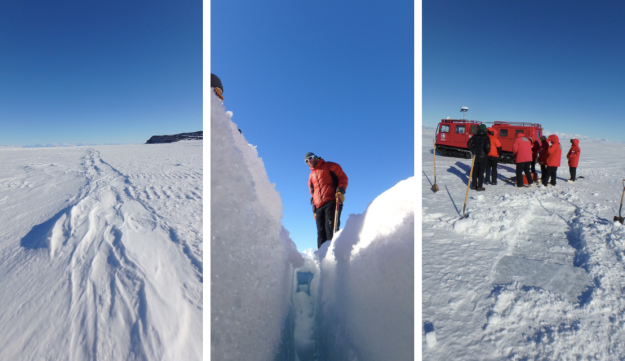
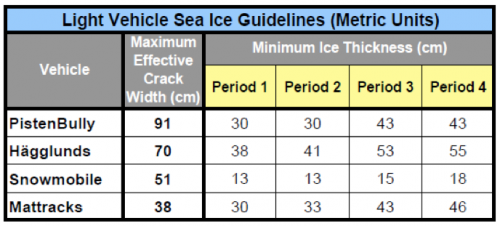
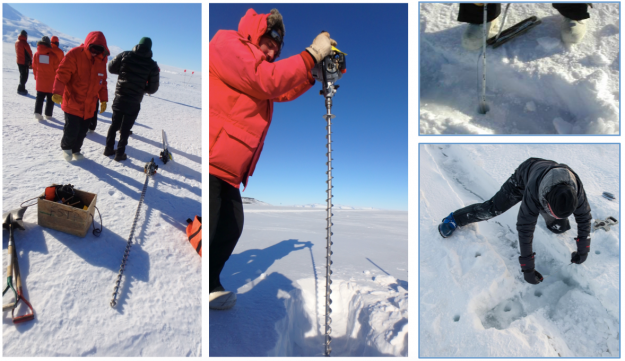
Views and More Views
Of course part of the amazing thing about being out on the ice are the views. In our quest to find good cracks to explore and learn from, we were able to head over to the Erebus GlacierA mass of ice that persists for many years and notably deforms and flows under the influence of gravity. Tongue (EGT – everything has to have an acronym) to see the sea ice being compressed up into impressive pressure ridges and even got to see a few seals that had come out onto the surface to bask in the warm sun of this calm windless day.
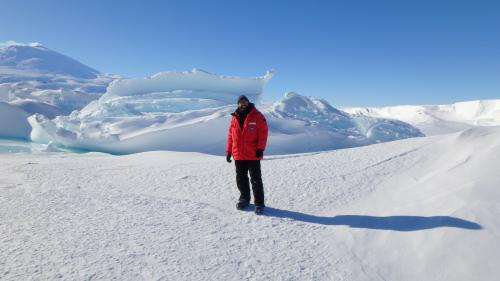
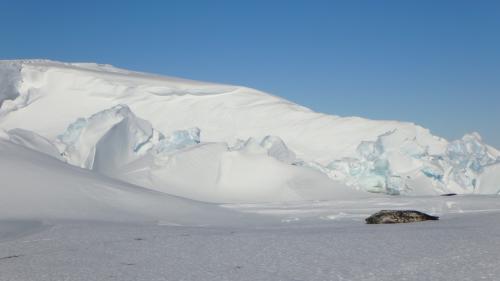
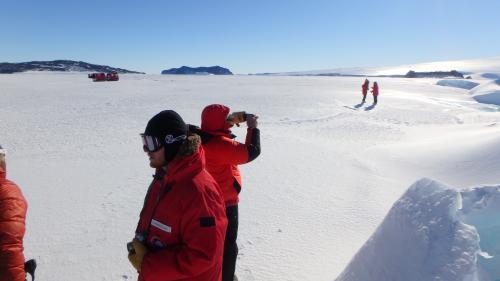
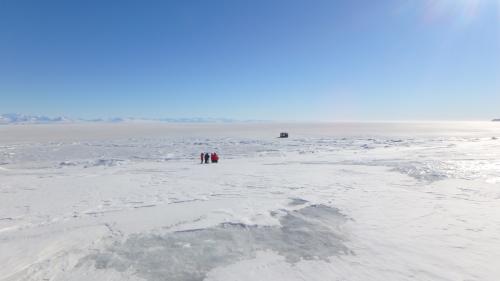


Comments